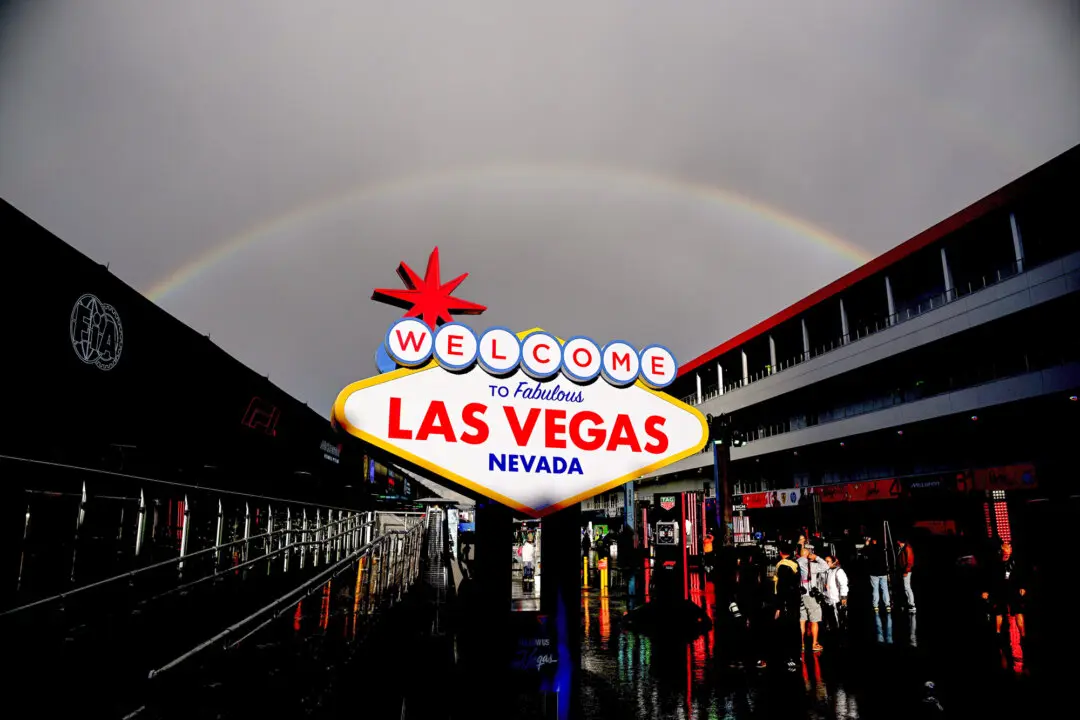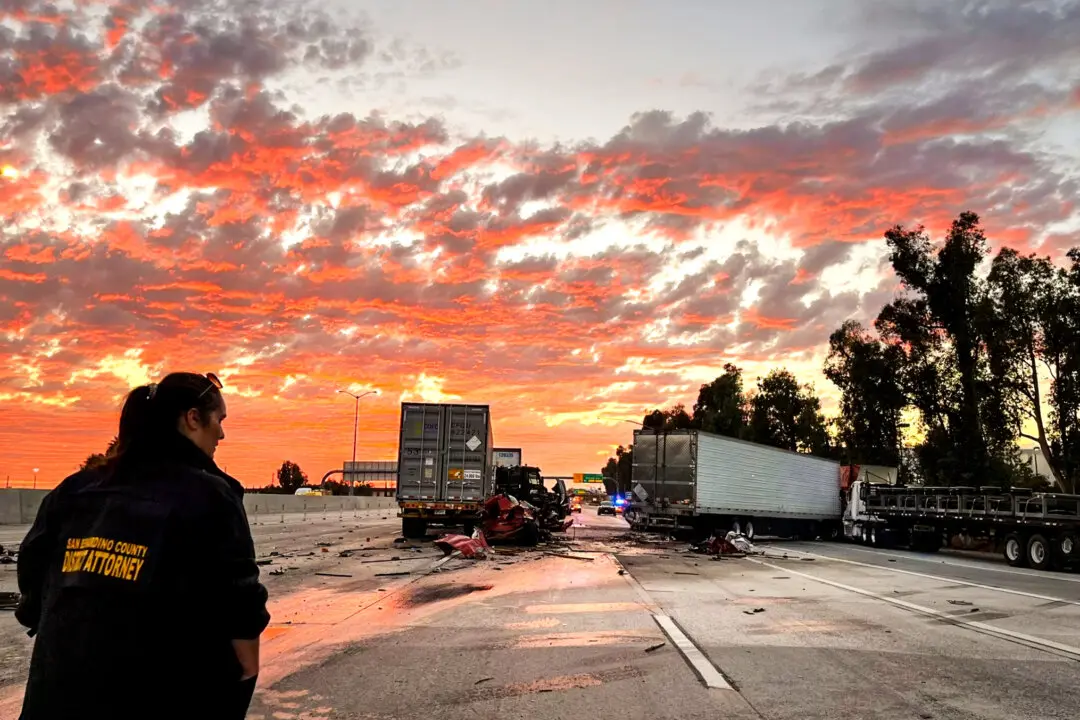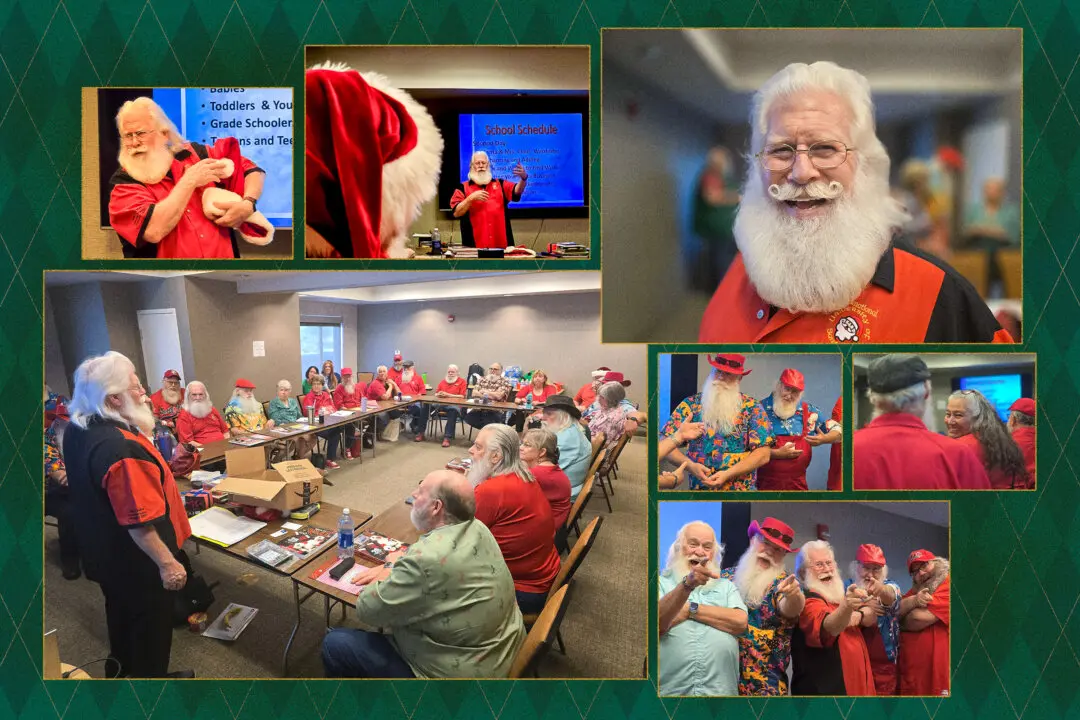Ask Bernice Gutierrez of Albuquerque, New Mexico, how old she is and she'll bluntly tell you, “I’m as old as the bomb.”
Born just eight days before the United States detonated the first atomic bomb at the Trinity test site on July 16, 1945, Gutierrez has lived to see the terrible health effects of nuclear fallout radiation on her family.





